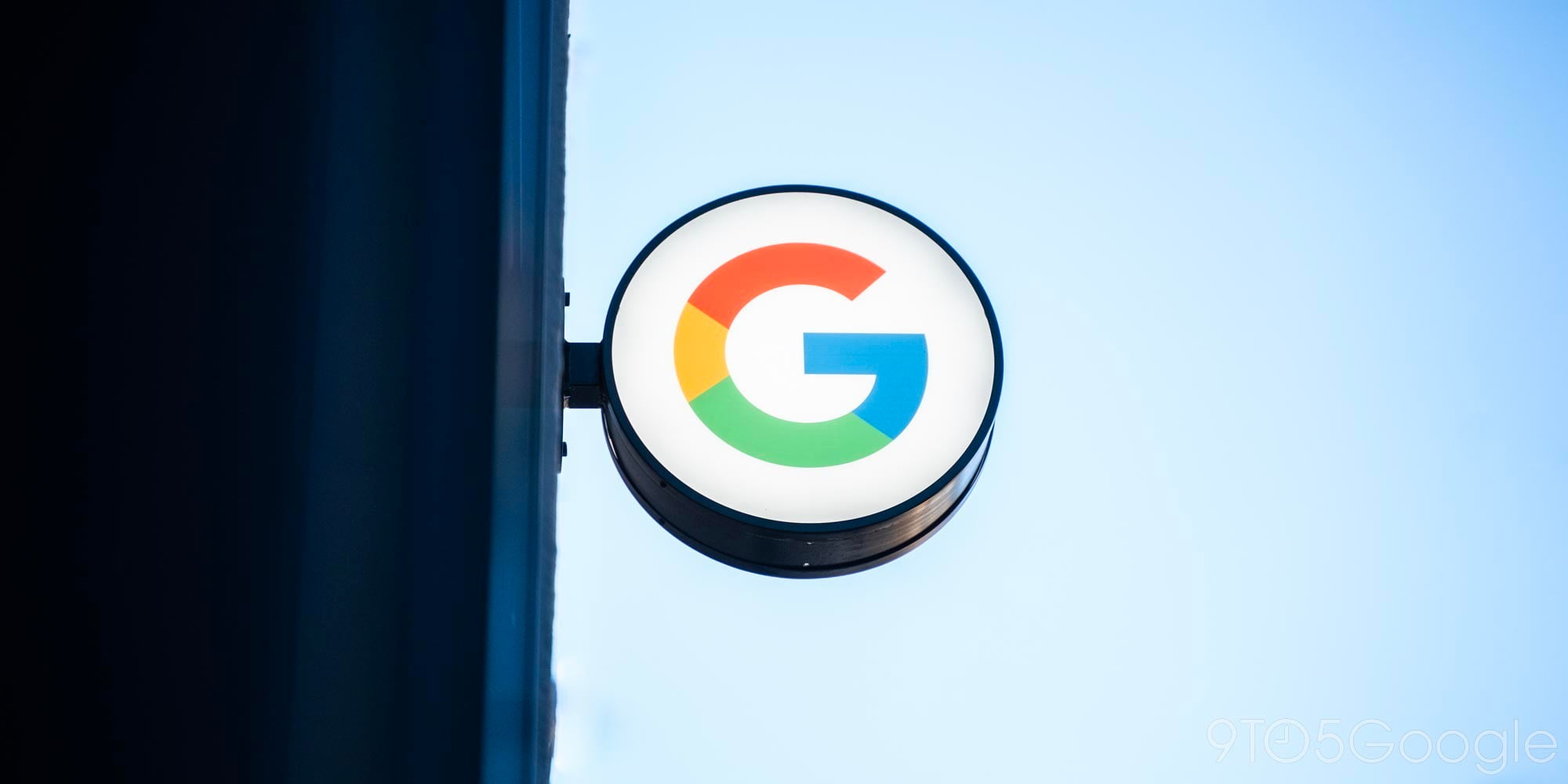
New natural history content in Google Arts & Culture brings dinosaurs to Google Cardboard
The Google Arts & Culture app was introduced last year as little more than a web wrapper, but it got beefed up with some more features — like Google Cardboard support — earlier this summer. But what good is such an app without dinosaurs? Today, Google has introduced a plethora of new natural history content — which, basically, means dinosaurs — in partnership with the Natural History Museum and 62 other museums and foundations. And it’s awesome…

